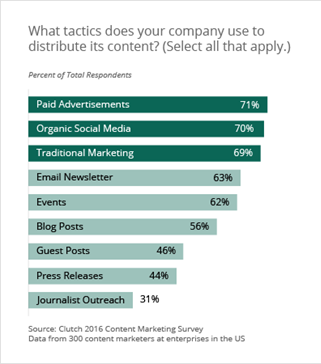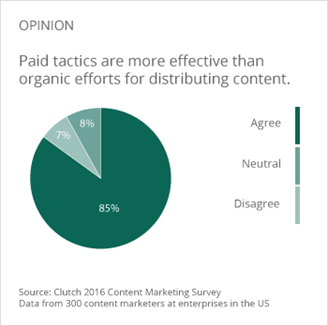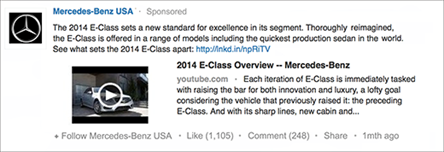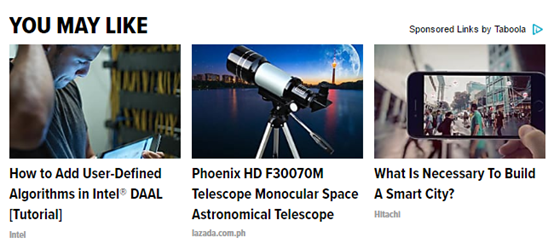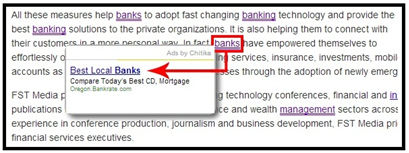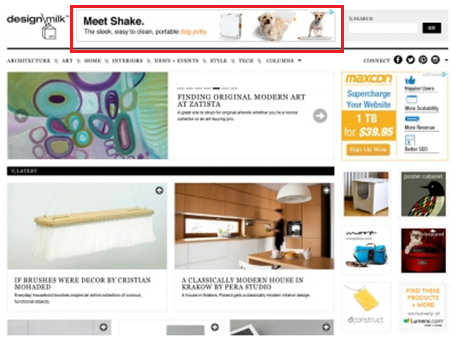Creating great content is one thing, distributing it to your followers is another. Every content marketer knows that one of the secret ingredients to a successful content marketing is content distribution/ promotion. But with over 2 million blog posts being published every day, many are now doubtful if quality and relevance alone are enough to make the content resonate across the digital world today.
True enough, the way content marketers disseminate their content to their audience at the right time has evolved throughout the years. Though it doesn’t necessarily mean that content is already losing its magic to build stronger and larger followings and convert leads to customers. However, as finding the right audience and generating traffic gets tougher over time, more and more marketers are now resorting to paid platforms to ensure that their content reaches the right audience in a timely manner.
Whether paying for distribution will become the main tactic to be used in content marketing or just another trend that will pass soon, it’s important to know that this approach is garnering a lot of traction today. In this post, we will discuss the truth behind paid content distribution and if the implementation of such tactic can result in success or not.
Paid Distribution: When Did It begin?
In the latest report by Clutch, it was revealed that 71% of content marketers are using paid advertisement tactics, including paid social media and pay-per-click (PPC) and/or native ads as their content distribution tactics.
Source: Clutch
Although the increase in usage may have taken place only recently, pay-to-play platforms themselves are no longer new in the content marketing landscape. According to HubSpot, the emergence of social media marketing in 2012 was the reason why many businesses today are allocating budget for Facebook advertising – one of the most effective paid distribution platforms today and post-promotion into their marketing budgets.
Source: CopyBlogger
During its early days, social media networks were the avenue where companies can enjoy high-level brand exposure without even spending a single dime. Then Facebook, along with other social media behemoths started changing their algorithms, resulting to many brands receiving near-zero organic reach.
But before Facebook advertising was born, Google AdWords has already been dominating the pay-for-play arena, along with other traditional media marketers used to enjoyed decades ago. That said, it safe to conclude that paying for distribution has always been a vital element for distributing content.
Is it Effective?
With additional cost on the table, do content marketers sees this approach as a more effective tactic than organic efforts for distributing content? The answer: Yes.
From the same report from Clutch, it was revealed that the majority (85%) of enterprise content marketers surveyed believe paid advertisement are more effective than organic approaches in content distribution.
Source: Clutch
Per Chad Pollitt, co-founder of the content promotion site Relevance, in order to get viable exposure on content for the foreseeable future “businesses will have to pay for it.”. He also noted that organic social media is no longer a viable promotion strategy since many of the social networks have decreased organic visibility for brands. Related: 6 Hottest B2B Social Media Marketing Trends in 2017.
Paid Distribution: Convenient for Both Marketers and Customers
But aside from the significant decline in organic reach in social media networks, another angle that experts are pointing out why paid distribution is being a staple today is the changing preference of the audiences themselves.
As we continue to live in the age of impatience, more and more customers would like to have their things delivered in an instant. Sure enough, SEO remains as one of the most effective ways to get found on search engines, but at the worst-case scenario, paid distribution platforms to provide businesses with instant exposure to its target audience, and their audience would spend less time seeking them out.
And with programmatic marketing and big data, paying for content distribution is getting a lot better and cost-effective these days, making it possible to display highly relevant content to audience’s most visited spaces like their Facebook newsfeed and email inbox without even visiting Google.
How Paid Content Distribution Works?
A content delivered through paid platforms are just like normal content. So, if you’re publishing original, highly relevant and valuable content then your audience will certainly enjoy it and even share it with their own network.
Aside from Facebook sponsored post, there are other content distribution platforms that are very effective in finding the right audience for your content. These content distribution platforms broadly work the same way: you upload the content, set your budget and timeframe, and launch the campaign.
The following are some of the most popular distribution platforms you can try today:
- Pay-per-click advertising. PPC requires payment each time an online user clicks on an ad or link but is capable to increase sales by as much as 136%. This includes Google AdWords, Yahoo! Bing Network, 7Search, etc.
Source: SingleGrain
- Sponsored Content. Paying a host website or blog to publish a content that links back to your One example is BuzzFeed’s sponsored listicles.
Source: Media Ethics and Society
- Twitter Promoted Tweets. Allows brands to directly target audiences that are likely to engage with the content.
Source: Twitter Blogs
- LinkedIn Sponsored Update. Typically used in the B2B setting, LinkedIn sponsored updates allows brands to target professionals that might be interested in their content.
Source: Marketing Land
- Native Advertising Networks. Native advertising networks like Taboola allows you to place your content on the existing post in a non-intrusive manner, making the readers think that it still part of the native contents of the website.
- In-Text Advertising. Involves placing your ad of the link of your content within the content of the publishing website. Includes platforms like Infolinks and Kontera
Source: How This Works
- Media Buying Traffic. Allows you to display ads or banner to only to sites that are relevant to your keyword or ad content. Includes platforms like BuySellAds and AdBuy
Source: BuySellAds
Overall, the whole point of content marketing is to drive people to commit profitable action towards your business. As a content marketer, it’s important to remember that the success of a content marketing campaign still relies on a highly-relevant, shareable, and valuable content, and paid distribution channels only ensure that your content gets to the right audience which has the highest susceptibility for conversion, at the right time.
Jomer B. Gregorio is a well-rounded expert when it comes digital marketing. Jomer is also known as a semantic SEO evangelist and practitioner. Check out our Digital Marketing Services today and let us help you in achieving positive and profitable results for your business.


